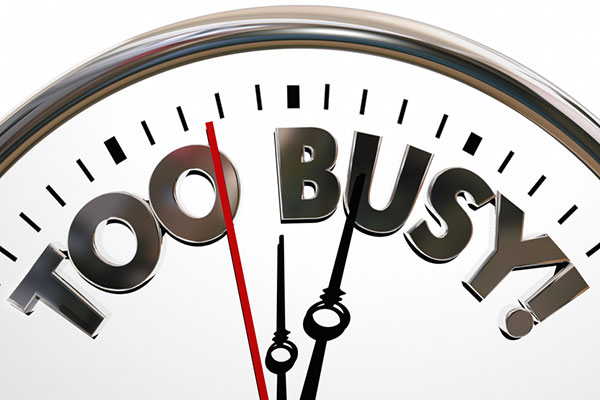Employed and self-employed – at the same time?

Did you know it’s possible to be employed and self-employed at the same time?
If you’re wanting to start your own business but you can’t give up your current job, perhaps you should consider being both employed and self-employed simultaneously. You could work for your current employer during the day and run your own business out-of-hours.
If that’s something you want to do, this article will help you understand how your income will be taxed, and the new responsibilities you’ll take on as a business director in your own right.
Q: How do I register as both employed and self-employed?
A: This depends on the type of self-employment venture you’re going to be running.
As a sole trader, you’ll need to register directly with HMRC.
If you decided to run your business as a limited company, it would be wise to seek help from the Panthera team, as we can assist you in registering with Companies House.
Q: Will I have to pay Income Tax (IT) and National Insurance (NI) contributions on both jobs?
A: Yes, but they’ll be paid in different ways.
The total amount you’ll have to pay will be based on your gross salary from your employment, any allowances or reliefs you receive, and also your profits from self-employment.
Q: How does IT and NI work for employees?
A: You pay IT and Class 1 NI through the PAYE system.
PAYE stands for (Pay As You Earn) and is the system your employer uses to deduct IT and NI from your wages before you receive them saving you the trouble of budgeting.
Q: How does IT and NI work for self-employed people?
A: You must pay the standard IT due on anything you earn, and you might also have to pay NI contributions of Class 2 and/or Class 4.
Class 2 NI contributions are paid at a flat rate, and are due on 31st January and 31st July, the same dates as your Self-Assessment tax bill. They’re paid either every month, or every six months, and by Direct Debit.
Should you start making profit from your self-employment from your limited, you’ll have to fill in the Employment pages on your tax return to inform HMRC of both of your income sources. This will give you a clear overview of your total earnings from both employment and self-employment.
Q: Will I get a second tax code?
A: Yes, if you’re running your business as a limited company which pays you a salary.
Running your own business as a limited company can provide a sense of financial security and a personal distancing from taxation of its profits, but if you’re working as a sole-trader instead, you won’t get a second tax code. This is because you’ll be paying taxes on business profits, not wages.
Q: What’s the difference between paying National Insurance contributions on wages and on profit?
A: As an employee already, you pay Class 1 NICs on your wages. It’s different for businesses.
As a sole trader, you will:
- Pay a Class 2 NIC flat rate (unless you earn under the £6,025 annual exemption threshold).
- Pay a Class 4 NIC on any profit your business makes.
If you happen to run a limited company, you will pay Class 1 NICs on your wages, as you are technically employed by the company and not yourself. This will be necessary once you pass the primary payment threshold of £157 weekly.
Q: How does HMRC work out my overall tax and National Insurance liabilities?
A: Using the information you provide on your tax return, HMRC can work out your liabilities for IT and NI contributions.
Here’s an example:
A woman works for a plumbing firm, earning £18,000 during the tax year 2017-18. Her employer deducted tax and Class 1 NI contributions using PAYE. However, she worked as a part-time, self-employed chef in the evenings and on weekends. That year, she made £9,000 profit through her part-time venture.
At the time, the woman’s tax-free allowance was £11,500, and she paid tax at 20% on £6,500 (£18,000 - £11,500 = £6,500). This meant her IT for that year was £1,300.
She also paid Class 1 National Insurance contributions of £1,180.32 on her employment earnings.
On top of that, due to her self-employment status, she had to pay the flat Class 2 NI totalling £148.20. Class 4 National Insurance also had to be paid on her profits from self-employment because they exceeded the ‘lower profits limit’ – this came to £75.24.
Finally, the woman must pay £1,800 in IT on her profits from self-employment. Since she used up her tax-free personal allowance when working out the tax due on her employment earnings, all £9,000 of her profit will be taxed at the full 20%.
Further questions? Speak to Panthera.
We’d be delighted to help you get started with your new business venture, and if this is a topic you’re concerned about, don’t hesitate to get in touch. You can call us on 01235 768 561 to speak with your usual Panthera partner

